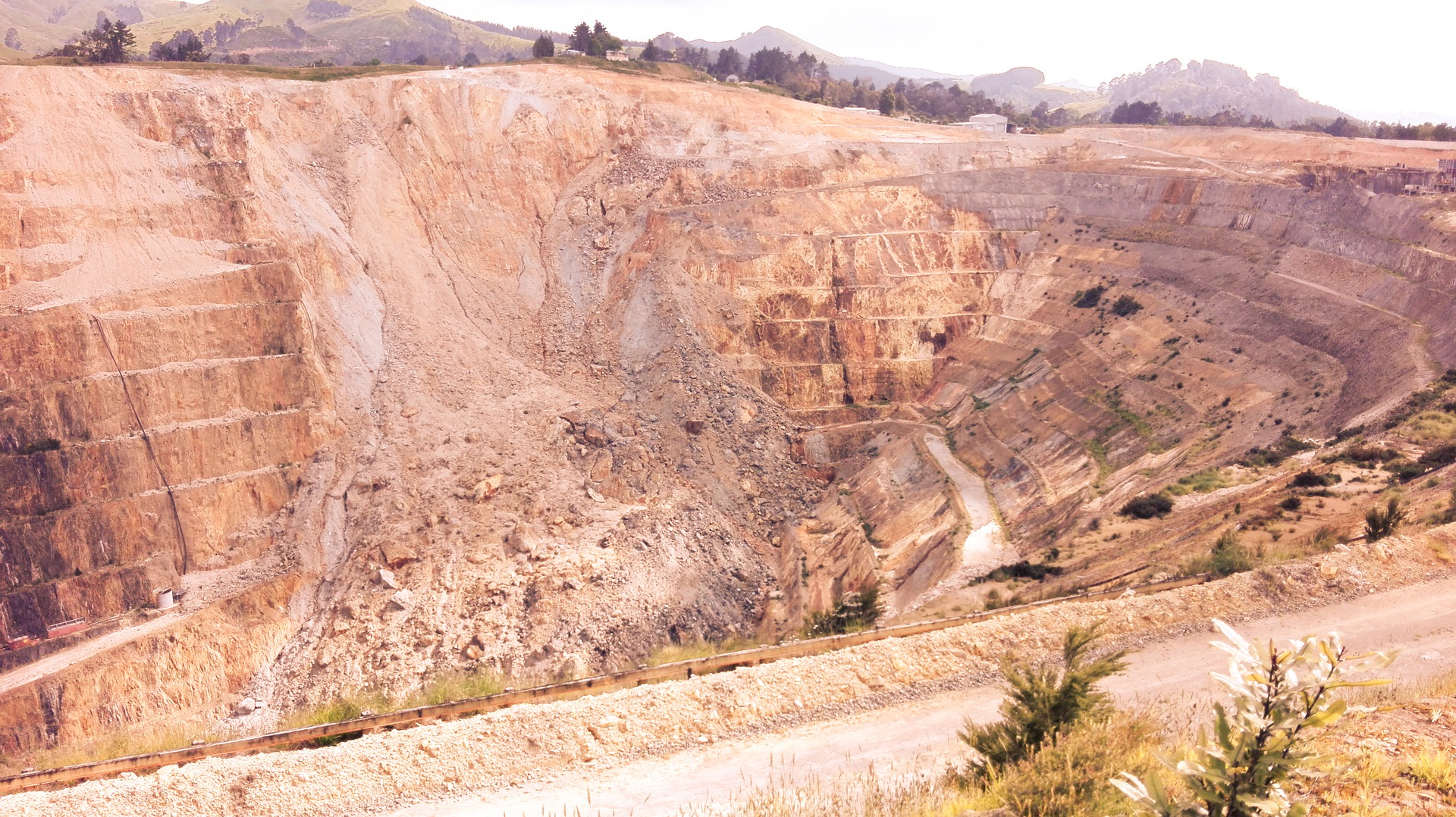By Aaron Heldmyer, Education Associate, Save The Water | July 1, 2016
On the rocky bank of the South Fork American River, nestled among the tall pines and twisted undergrowth that define much of the Sierra Foothills east of Sacramento, lies the small, unassuming town of Coloma, California: population – 529. Those who decide to take a trip to Coloma will be struck by the sights and solitude of a decaying ghost town. Timeworn buildings such as the local jail, constructed at the peak of prosperity, have since either been abandoned or re-purposed as historical attractions. These days, the small community is largely supported by the booming rafting industry, where thrill-seekers can navigate the treacherous run along the American River to Folsom Lake. Yet many of the rafters who move through this small town take little notice of its true importance in American history, a history that started with, of all things, a water mill.
Back in 1848, a German-born Swiss pioneer named John Sutter was in the midst of realizing his grand plans of founding a new city (which, interestingly, would become Sacramento) on his 48,827-acre property bordering the Sacramento River. To do this, he would of course need large quantities of lumber, which led him to employ an American carpenter and sawmill operator by the name of James W. Marshall to construct a mill, known today as “Sutter’s Mill”. One fateful day, while Marshall was inspecting the tailrace (a long, box-shaped wooden construction designed to carry water away from the mill after use) for loose debris, he noticed several gold nuggets among the stones and sand. He immediately notified Mr. Sutter, and together they attempted to keep the discovery a secret. This endeavor failed spectacularly. Once word had spread about Marshall’s find, fortune-seekers from all corners of the earth descended upon California in the hundreds of thousands, marking the beginning of the turbulent California Gold Rush (Beilharz).
As crowded caravans and ships of men descended upon the largely unexplored territory, they immediately faced two significant problems. First was a noticeable lack of infrastructure and support for the skyrocketing population. Housing, farmland, shops, saloons, and transportation networks began cropping up in a desperate bid to meet the demands of the growing workforce. The inequality and scarcity of modern amenities created an environment of lawlessness, and led to a troublingly high crime rate (Cossley-Batt, 1928). Second, there was soon a requirement for creativity; extracting the precious metal from the earth quickly became difficult as the land was stripped clean of its easily-reachable assets after only a short time. Therefore, complex mining operations soon became the predominant method by which to obtain the remainder (Rapps). As it turns out, the solution to both challenges was found in one important resource: water.
Water is vitally important to mining operations and agriculture, two industries that even today dominate the western United States. Hydraulic mining, the practice of spraying a jet of pressurized water to blast away rock and sediment, was one widely-used method during the Gold Rush era. Then there was the rocker, in which a rectangular wooden box with a sieve at the top was set at a downward angle and rocked back and forth. Dirt and rock were dumped in from the top, followed by a bucket of water; the larger particles were caught by the sieve, the smaller ones washed away, and the heavy gold was caught on the riffles at the bottom of the box. Of course, many simply panned for gold in the local river or cut a small canal from a stream to create a sluice (Snowy Range Reflections, 2009).
With regards to the interplay between water and agriculture, the profits gained from farming in California notably expanded during the Gold Rush. As agricultural operations improved and grew larger, farmers were able to sell goods to thousands of people in California and beyond. This paved the way for the construction of the First Transcontinental Railroad and helped agriculture to become the leading industry in California (Farmers After the Gold Rush, 2012). As the new state became blanketed in vast fields of wheat, water consumption increased dramatically. Canals and ditches, like the 12-mile long Gold Hill Ditch, built in 1853 and still in use today, were hastily dug to meet these growing demands (Sederquist).
This reliance on water was a matter of life-and-death for many of the region’s new transplants during the 1850s. Jobs, wealth, homes, wives, families: all things were left behind when a man came down with a sudden case of gold fever. Their survival in the West depended on the safety and security that the gold provided, and water was the means to that end. Naturally, tensions ran high as rivals clashed over their rights to water access. If a miner was diverting a few hundred gallons a day from a stream to power his operation, and another miner set up camp upstream and started diverting water himself, it meant less water for the first miner downstream. It was a conflict that was more often than not resolved at the business end of a knife or a gun. It soon became an unspoken rule that the first to use the water had the right to it, and in 1855, the newly created California Supreme Court ruled in Irwin v. Philips that, indeed, the first person to take a quantity of water from a water source, be it a stream, lake, or groundwater, was entitled to continue to use that quantity for their beneficial use (Heydenfeldt, 1855). Thus, the concept of prior appropriation was born. Since then, 18 western states have adopted prior appropriation into their regulatory system, and “first in time, first in right” became the law of the land. It was a novel idea born from the scarcity of water in the West, distinct from the riparian system utilized by eastern states (and adopted from English common law), whereby water is allocated to those who own land bordering the water body in question (Riparian Rights, 2008).
Today, however, the 160-year-old doctrine is being tested by the growing strain on the nation’s water resources. Many farmers have been forced to cut back on production, and monthly residential fees in some drought-stricken areas of California have seen an increase from $8 a month to $22.50. Additionally, researchers at the University of California reported in 2014 that the state had allocated five times more water to water right-holders than what is available even in a relatively wet year. This mismanagement, coupled with the State Water Resources Control Board’s request for thousands of property owners to prove their water rights, has led some to speculate that there may be drastic, impending changes to California’s water laws (Siders & Miller, 2015), potentially based on need.
While many may take umbrage to some aspect of the prior appropriation system, as David Getches, Dean of the University of Colorado Law School writes, “they follow it, no matter how grudgingly…I have never heard complaints that the courts are unfair.” The concept was born from a restless time in our nation’s history: an idea that could only be contrived from America’s unique economic sensibilities. Its continued use today is a living reminder of the unforgiving western landscape, and its undeniable effect on the hearts and minds of the people who reside there.
References
Beilharz, A. (n.d.). Gold Discovery History. Retrieved 03 17, 2016, from Coloma California: https://www.coloma.com/california-gold-discovery/history/
Cossley-Batt, J. L. (1928). The Last of the California Rangers. New York: Funk and Wagnalls Company.
Farmers After the Gold Rush. (2012, April). Retrieved 3 17, 2016, from The California Gold Rush: http://califgoldrush.weebly.com/farmers1.html
Jones, P. A., & Cech, T. (2009). Colorado Water Law for Non-Lawyers. Boulder, CO: University Press of Colorado.
Matthew W. Irwin v. Robert Phillips and others, 5 Cal. 140 (Supreme Court of California 1855).
Rapps, E. (2008). A Golden Myth: The Truth Behind California’s Gold Rush. McGill University.
Riparian Rights. In West’s Encyclopedia of American Law (2 ed.).
Sederquist, B. (n.d.). After the Gold Rush: Agriculture. Retrieved 03 17, 2016, from Coloma California: https://www.coloma.com/california-gold-discovery/history/farming-wineries/
Siders, D., & Miller, J. (2015, April 25). California drought tests strength of Gold Rush-era water rights. The Sacramento Bee . Sacramento, CA.
Snowy Range Reflections. (2009). Mining Techniques of the Sierra Nevada and Gold Country. Journal of Sierra Nevada History and Biography , 2 (1).





